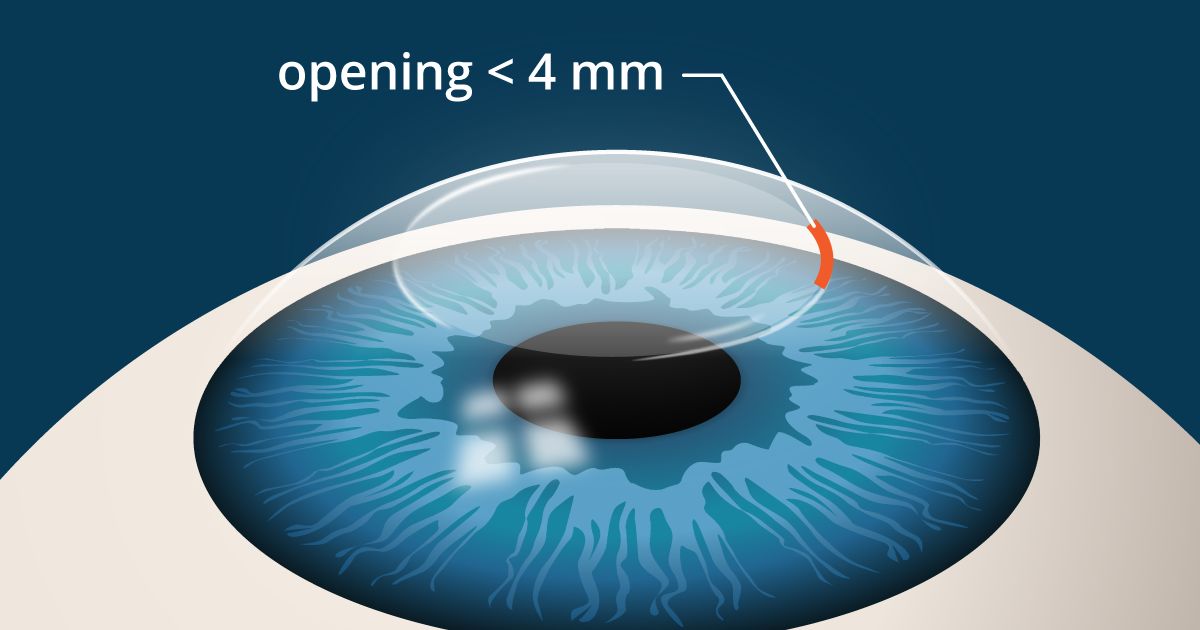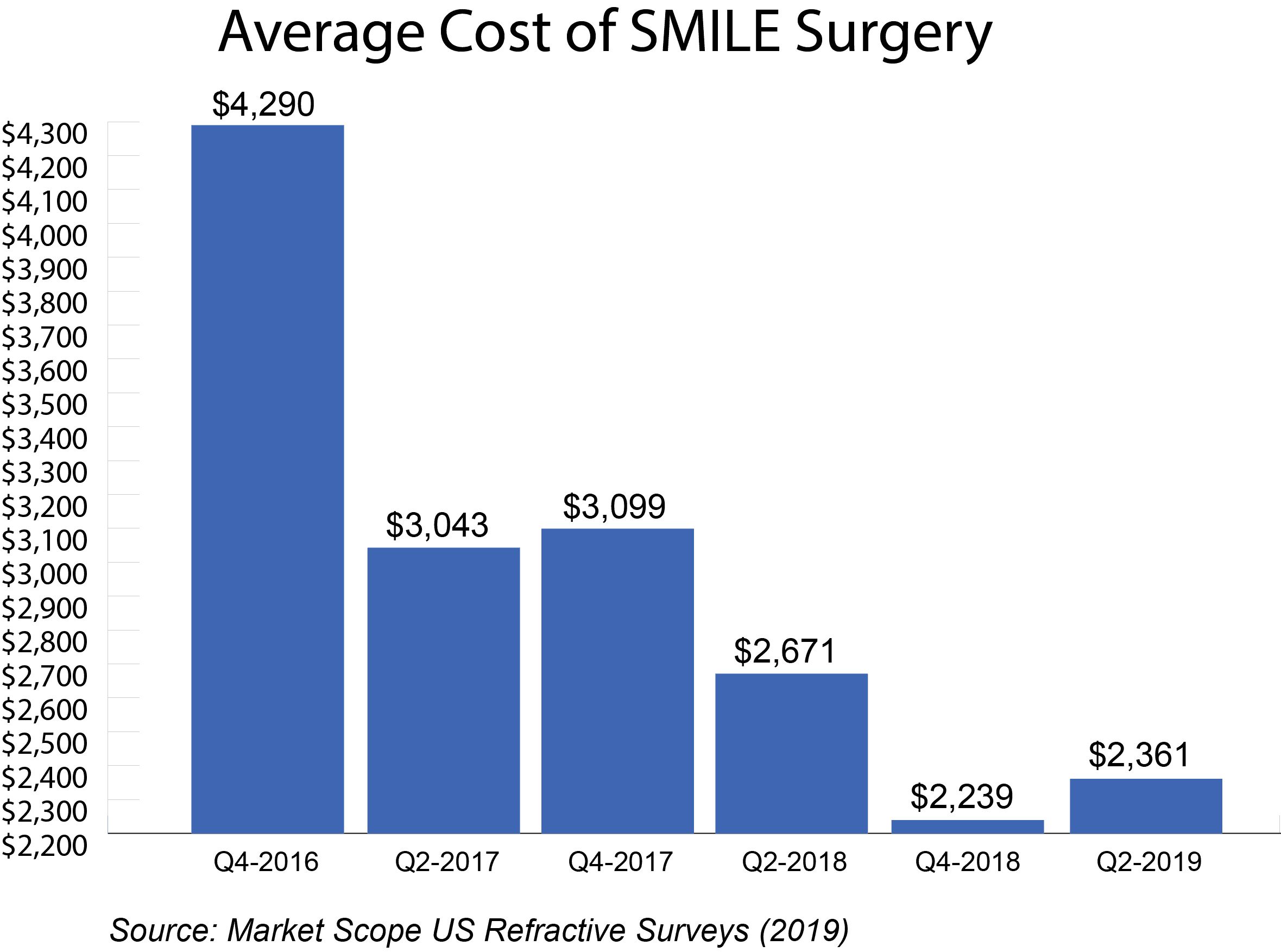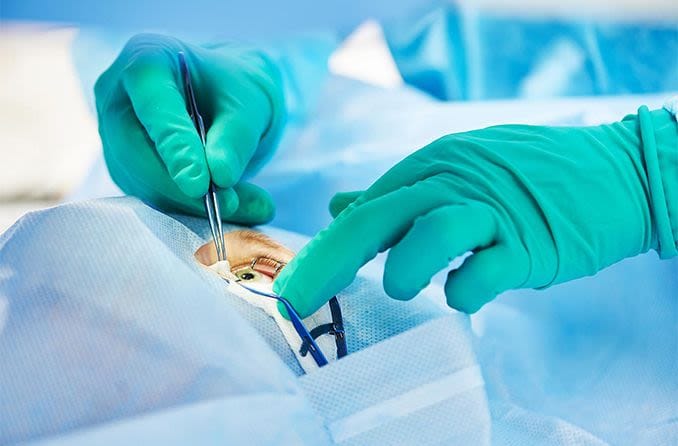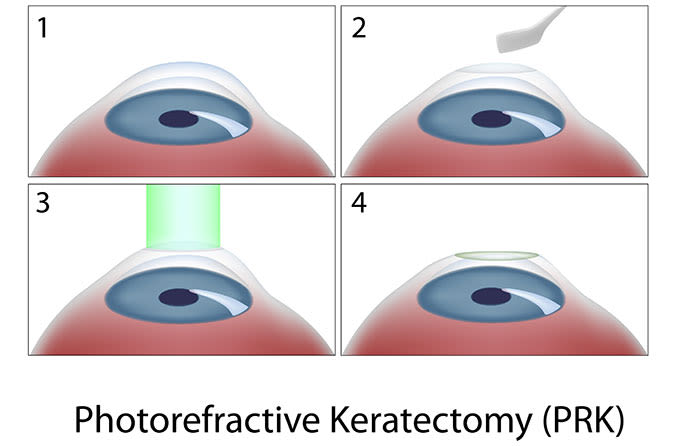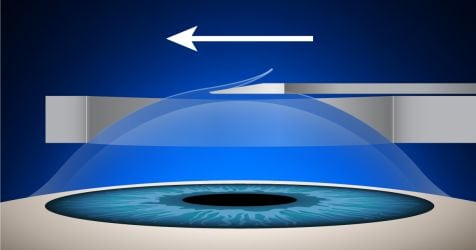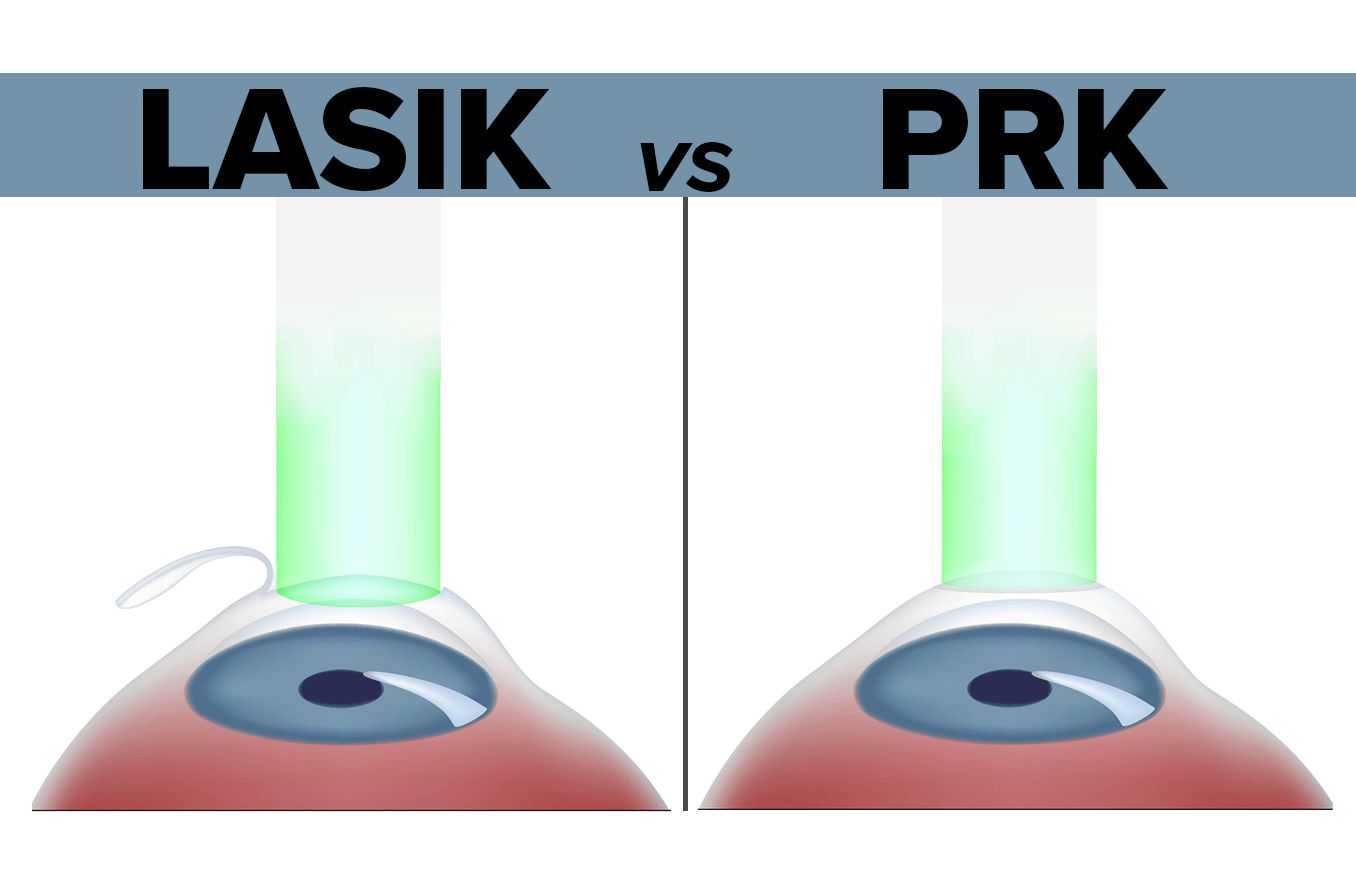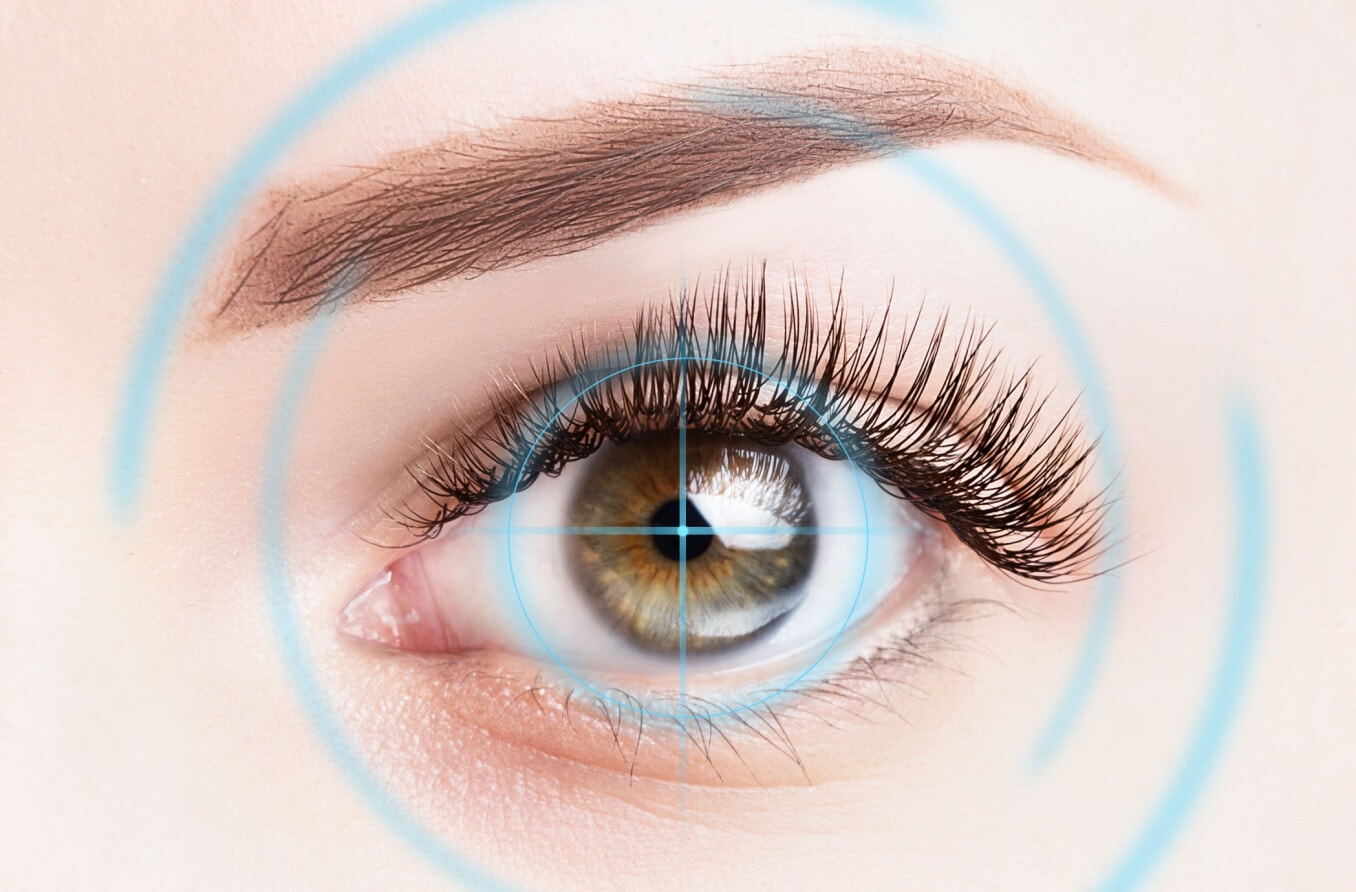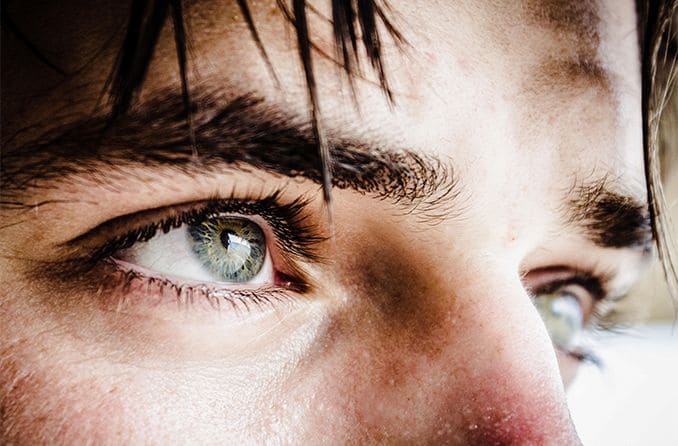What is SMILE eye surgery?
SMILE laser eye surgery is an alternative to LASIK surgery for the correction of nearsightedness. In some ways, SMILE eye surgery is similar to LASIK and it may offer advantages over LASIK for some patients. SMILE is an acronym for small incision lenticule extraction.
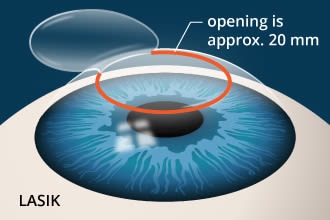
In LASIK, a large opening is required to enable the excimer laser to reshape the underlying cornea.
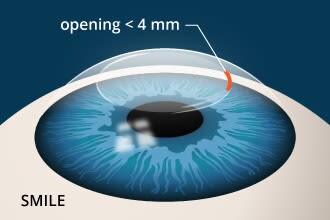
In SMILE, only a very small opening is needed (often less than 4 mm) to facilitate removal of the lenticule.
SMILE eye surgery is performed using a VisuMax femtosecond laser. This is proprietary technology of Carl Zeiss Meditec.
In the SMILE procedure, the surgeon uses a femtosecond laser to create a small, lens-shaped bit of tissue (lenticule) within the cornea. Then, with the same laser, a small arc-shaped incision is made in the surface of the cornea. The surgeon extracts the lenticule through this incision and discards it.
With the tiny lenticule removed, the shape of the cornea is altered, correcting nearsightedness. The corneal incision heals within a few days without stitches, and sharper vision occurs very quickly.
SMILE laser eye surgery can correct up to -10.00 diopters (D) of nearsightedness.
The best candidates for LASIK:
Are at least 22 years old
Have no more than -0.50 D of astigmatism
Have had no changes in their eyeglass prescription for at least 12 months
